Are you a sales, marketing or data and analytics leader in a B2B organisation? Are you looking to tap into automation and artificial intelligence to improve customer experience and boost sales results? In this blog post, we’ll look at the benefits of applying automation and AI in sales & marketing, and also blockers for getting started.
Look for Advantages in the “Customer Interface”
What are the main drivers of long-term staying power for large companies? Upstream activities such as product innovation, sourcing, and production are, of course still critical. However, success is increasingly determined by customer-facing activities in marketing, sales, and customer service. In other words, it is more challenging than before to compete by only focusing on the internal operations or the quality of offerings alone.
For most B2B organisations, this has spurred a great deal of innovation within sales and marketing. Typically in the form of “upgrades” to go-to-market models across six key areas.
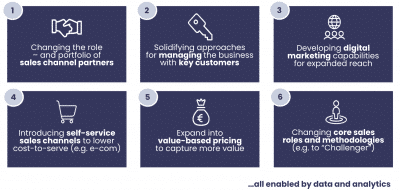
Exhibit 1: Many B2B organisations have “upgraded” their sales models in 6 key areas
Sales & Marketing Leaders Should Care about Automation and AI
As B2B organisations are maturing their capabilities in the areas mentioned above – what is next for gaining competitive advantages? Not only in the upcoming year but 2-5 years from today? Many sales and marketing leaders are turning to data, automation and AI to take sales efficiency and effectiveness to the next level. At Avaus, we describe this moving into “Sales 4.0”.
What tangible benefits are B2B expecting from “Sales 4.0”? It, of course, differs between industries and companies. But in most cases, it includes expanding marketing reach as well as improving customer experience and subsequent sales growth (e.g. through the more widespread and precise distribution of content to fit different types of buyers, in different channels and at different phases of buying). Another important driver is the potential for lowering the cost of sales through more precise targeting and shifting sales to low-cost channels.
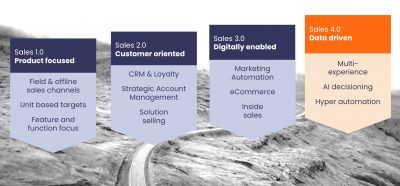
Exhibit 2: B2B organisations’ go-to-market model transition towards “Sales 4.0″
Use Cases?
One way to describe this is having a data-driven personalisation, communication or revenue “engine” that automates and augments a growing number of sales and marketing AI-enabled processes – or this is where “use cases” come into play.
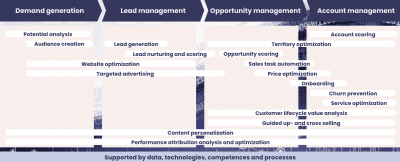
Exhibit 3: A wide range of AI-enabled use cases applicable to sales and marketing
But what is a “use case” in this context? In the simplest form, it is a process that in some way is enabled by data, algorithms and automation technologies to drive activations and generate intended business results. Activations can include both customer-facing as well as internal processes – for B2B organisations, often through hybrids of manual and automated tasks.
Watch AET 5: Best Practices & Use Cases
An example is combining data sources and machine learning algorithms to optimise “next best actions” and direct customers towards the best-suited channel at each point in time.
What does it take to create value from AI-enabled use cases in sales and marketing? At the core is the ability to use different types of data from multiple different sources and activate across multiple channels – at scale and in real-time. Typically including hundreds of use cases. Our human mind is not equipped to comprehend, let alone manage, complexity at this level. Thus scaling is impossible without automation and artificial intelligence.
We describe this in more detail at Avaus Expert Talks 6. For more on why, how, and when to apply automation and AI in sales and marketing, you can also download Avaus Cookbook. Our cookbook contains 50 use cases and can be used to identify which are most valuable for your organisation.
Watch AET 6: Use of AI in B2B sales & marketing
Common Blockers for Capturing the Potential
Most sales and marketing leaders we engage with recognise the potential of automation and AI. At the same time, many find creating and capturing value from AI-related initiatives as a significant challenge. Why is this? What are typical blockers? And how can we avoid them?
For organisations that get stuck before even having started, what prevents progress typically comes down to a lack of alignment or focus. In our experience, driven by three common misconceptions.
The first is the inability to find a pragmatic way forward between tech enthusiasts on the one hand and stubborn traditionalists on the other. As in many other areas of business, the truth is found somewhere in the middle.
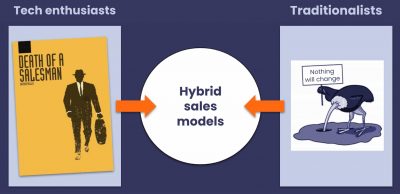
Exhibit 4: Sales models are and will be hybrids of automated and manual work
That brings us to the second misconception – that AI and automation are universally applicable across all different routes to market that make up go-to-market models for B2B companies.
The most common scenario is that self-service and transactional selling motions as well as demand and lead generation processes are good places to start applying AI and automation.
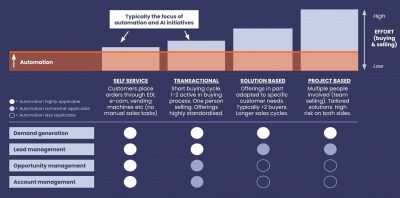
Exhibit 5: B2B sales come in different variations – automation and AI initiatives typically focus on self-service and transactional selling together with marketing
A third common misconception is some version of “we are not ready (at least not now)” or “we don’t have enough data”. Is that true? Are barriers to getting started that high? Our experience is that it is typically quite easy.
Why Start Now?
But why care about this now? Why not wait a few years? In one way AI and automation are just another set of capabilities. But also different. The speed of innovation in this domain is less constrained by human limitations. Combined with the speed of change, gaps between leaders and laggards in automation and AI are likely to grow exponentially (for real this time).
We, therefore, advise sales and marketing leaders to put questions about why, how and when to tap into automation and AI high on their agenda. If you haven’t started. When would be a good time?
Requirements from Business Leaders
How can senior sales and marketing leaders pave the way for success? Each company is of course different. That said, our experiences point to a set of shared attributes of leaders in pacesetting companies.
The first is having a clear vision in the leadership team of what to accomplish. Secondly starting with the desired business impact – before going into requirements, blockers and enablers.
Setting the targeted automation level is required to create sufficient value. At the same time, everything cannot be done at once. Therefore developing capabilities slice-by-slice in parallel with implementing value-generating use cases is recommended. This enables you to dig away at the challenges at a reasonable pace – while keeping both short- and long-term perspectives in mind.
Creating and capturing value from automation and AI requires a “flow-based” investment approach – for this is a shift away from the transactional view. In other order to make use cases – not campaigns, projects or capabilities – the focus of resource allocation. Last but not least, it’s critical to ensure that privacy is included in solutions already at the start.
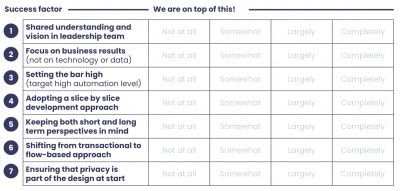
Exhibit 6: Is your organisation set up to succeed with AI in sales and marketing?
Use our Help and Resources to Take Your Next Step
Automation and AI are here to stay in the B2B sales and marketing domain. We at Avaus support organisations on the path towards “Sales 4.0” and in creating your “revenue engine”. Based on more than 14 years of experience and our Data-Algo-Action formula, we have created a “library” of best-in-class data and algo assets. Combined with our “Factory” delivery model we help our clients turn their customer data into business results – at speed and scale. Download the Avaus Cookbook or contact us.
8 Steps to Get Your Organisation on the Path to Success